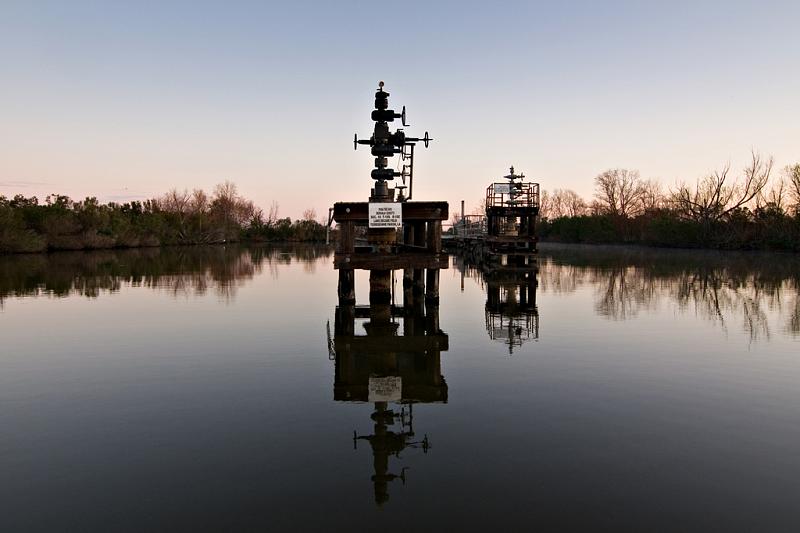In one US state alone–Pennsylvania–the effects of abandoned oil wells has been examined by a Princeton University student, PhD student and civil engineer Mary Kang, and the findings are that four to seven percent of estimated man-made methane emissions in Pennsylvania are caused by the abandoned wells. The source of the four to seven percent had previously been unaccounted for, according to the study published.
The study, “CO2, Methane, and Brine Leakage Through Subsurface Pathways: Exploring Modeling, Measurement, and Policy Options,” was published by Kang with the Civil and Engineering Department of Princeton.
Pennsylvania is the oldest oil and gas producer in the US. There are between 200,000 and just under one million abandoned wells in the state.
Robert Howarth, ecologist and methane expert at Cornell University, commented on the Princeton study, saying it was important because it shows how government and industry estimates of oil and gas emissions are actually lower than actual amounts. Howarth added that this study was not illustrative of just Pennsylvania. “I would expect this to be a problem affecting most if not all gas and oil fields,” Howarth said.
Other of Kang’s findings included that properly sealed wells polluted just as bad as unplugged wells. Also, sandstone formations were the most leaky of well locations. Cement seals in both active and abandoned wells crack over time, allowing methane leaks. The gas leaks can travel up to 14 kilometers and show up in rivers and homes.
Methane, radon, brine and other hydrocarbons can migrate into shallow groundwater aquifers, the air, and people homes through abandoned wells. Methane’s global warming potential is 86 times that of carbon dioxide over a 20-year period.
By Day Blakely Donaldson
